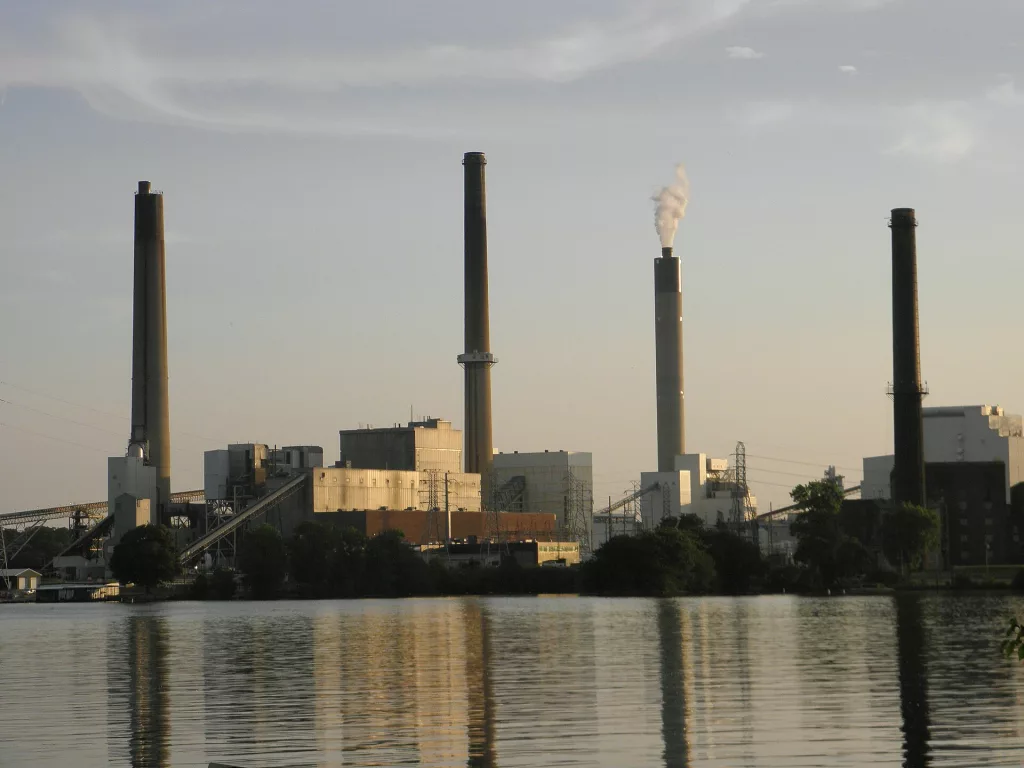Illinois Attorney General Kwame Raoul filed a lawsuit against Springfield’s City, Water, Light, and Power on Friday for allegedly releasing more than 700 tons of fly ash into the environment in an incident from August 2021.
CWLP is, of course, owned and operated by the city of Springfield, Illinois, and provides drinking water and electricity to Springfield residents.
Raoul filed the complaint in Sangamon County Circuit Court, alleging that in August 2021, CWLP’s Dallman power generation station in Springfield released over 700 tons of fly ash to both the ground and the atmosphere.
The State’s Attorney General’s lawsuit alleges that CWLP violated the Illinois Environmental Protection Act, Illinois Pollution Control Board regulations, and its Clean Air Act Permit Program permit; the lawsuit seeks to prohibit CWLP from future violations of state environmental laws and regulations, as well as civil penalties.
Attorney General Raoul’s office also filed an agreed interim order that requires CWLP to report the extent of the incident to the Illinois Environmental Protection Agency (IEPA) and take precautions to prevent similar releases in the future.
CWLP’s Dallman facility is located in an area the IEPA has previously designated as an area of environmental justice concern. Raoul’s lawsuit is based on a referral from the IEPA.
Attorney General Raoul noted:
“This lawsuit and interim order prioritize the safety of Springfield residents while working closely with CWLP to ensure an incident like this does not happen again. The order entered today is a first step, requiring CWLP to thoroughly evaluate the 2021 incident. All Illinois residents have a right to clean air, and I am committed to enforcing the environmental laws and regulations that protect that right.”
As noted by AG Raoul’s office, coal and other materials used in operations at CWLP’s Dallman power station generates fly ash – which is stored in a dry fly ash silo until it is conveyed through pipes and loaded onto trucks for disposal off-site.
The top of the silo is equipped with a vent-like filtration unit and baghouse. While the silo is being loaded, displaced air moves through the filter and out through the top of the silo.
During previous maintenance on the filtration unit, a fabric filter separator bag fell from the top of the silo and eventually worked its way down until it became caught in a valve at the bottom of the silo, where it plugged the pipe and flow of fly ash.
Raoul’s lawsuit alleges that on Aug. 31, 2021, CWLP employees rolled back the valve in order to remove the fabric filter separator bag. Once the pipe was cleared, fly ash began flowing and filled the room, forcing employees to leave the room without replacing the valve.
IEPA staff who responded to the incident allegedly observed a fly ash plume that spread beyond the Dallman facility even after CWLP employees were able to reattach the valve.





